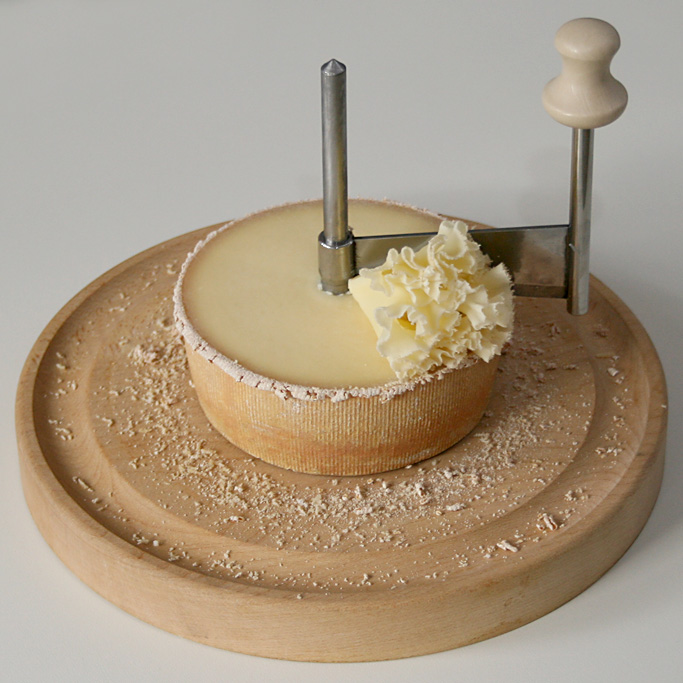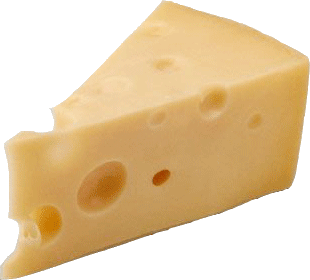Tete De Moine Casino
Girlfriends sharing a Sunday afternoon and tete de moine au chocolat. Tete De Moine Cheese (Whole Wheel Appx 2 Lbs) 2.7 out of 5 stars 9. 99 ($38.50/pound) FREE Shipping. Usually ships within 1 to 3 weeks.
Tête de Moine (French pronunciation: [tɛd də mwan], 'monk's head') is a type of cheese manufactured in Switzerland. It is classified as a Swiss-type or Alpine cheese, and was invented and initially produced more than eight centuries ago by the monks of the abbey of Bellelay, located in the community of Saicourt, district of Moutier, in the mountainous zone of the Bernese Jura, the French-speaking area of the Canton of Bern.

Traditionally, the cheese is prepared for eating in an unusual way: the cheese is carefully scraped with a knife to produce thin shavings, which is said to help develop the odour and flavour by allowing oxygen to reach more of the surface.
There are two explanations for the origin of the name Tête de Moine, which translates literally as 'monk's head'. The name was first documented in the records of Mont-Terrible, a Department established by the French when they annexed the region from 1793 to 1799 at the time of the French Revolution. The first theory is that it is a mocking name bestowed by French occupation soldiers who compared the method of serving the cheese to shaving the top of a skull to create a monk’s tonsure. The second explanation is based on tales from the Jura region which refer to the number of cheeses stored at the cloister 'per tonsure', or per resident monk.[1]
Tete De Moine Casino Black River Falls
Texts from as far back as 1192[2] attest to the cheese-making skill of the monks of Bellelay. Over time, the Tête de Moine was used by tenant farmers as payment to land owners, as well as figuring in legal settlements, being offered as a gift to the prince-bishops of Basel, and even serving as currency.
Tête de Moine is made from unpasteurized, whole cow's milk and is a semi-hard cheese. It is cylindrical in shape, with a height typically equal to 70 to 100% of its diameter. The average weight of a Tête de Moine is 850 g, but some specimens can weigh as much as 2.5 kg. It is aged for a minimum of 2½ months on a small spruce plank, and is typically paired with a dry, white wine.


Since May 2001, Tête de Moine has had appellation d'origine contrôlée (AOC) status. In 2013, it was replaced by the appellation d’origine protégée (AOP) certification. Exported throughout the world, it is the calling card of the cheese-making tradition of the Swiss Jura. It is currently produced by fewer than 10 cheese dairies of the Jura Mountains area of Porrentruy, District of Franches-Montagnes, both situated in the Canton of Jura, as well as in Moutier and Courtelary, in the Bernese Jura.
In 1982 the girolle was invented, an apparatus which makes it possible to make 'rosettes' of Tête de Moine by turning a scraper on an axle planted in the center of the cheese. This apparatus helped to boost the consumption of this cheese.
See also[edit]


Notes and references[edit]
Tete De Moine Casino Buffet
- ^'The origin of the name 'Bellelay': Tête de Moine (Monk's Head)'. tetedemoine.ch. Archived from the original on 19 June 2017. Retrieved 12 November 2019.
- ^'Histoire de la Tête de Moine AOP'.
External links[edit]
| Wikimedia Commons has media related to Tête de Moine. |
- Tête de Moine in the online Culinary Heritage of Switzerland database.
- Fromages Spielhofer SA, Fromagerie de St-Imier – a Tête de Moine cheesemaker